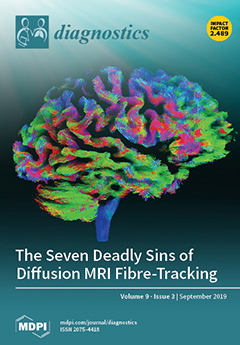The measurement of the liver function via the plasma disappearance rate of indocyanine green (PDR
ICG) is a sensitive bed-side tool in critical care. Yet, recent evidence has questioned the value of this method for hyperdynamic conditions. To evaluate this technique in
[...] Read more.
The measurement of the liver function via the plasma disappearance rate of indocyanine green (PDR
ICG) is a sensitive bed-side tool in critical care. Yet, recent evidence has questioned the value of this method for hyperdynamic conditions. To evaluate this technique in different hemodynamic settings, we analyzed the PDR
ICG and corresponding pharmacokinetic models after endotoxemia or hemorrhagic shock in rats. Male anesthetized Sprague-Dawley rats underwent hemorrhage (mean arterial pressure 35 ± 5 mmHg, 90 min) and 2 h of reperfusion, or lipopolysaccharide (LPS) induced moderate or severe (1.0 vs. 10 mg/kg) endotoxemia for 6 h (each
n = 6). Afterwards, PDR
ICG was measured, and pharmacokinetic models were analyzed using nonlinear mixed effects modeling (NONMEM
®). Hemorrhagic shock resulted in a significant decrease of PDR
ICG, compared with sham controls, and a corresponding attenuation of the calculated ICG clearance in 1- and 2-compartment models, with the same log-likelihood. The induction of severe, but not moderate endotoxemia, led to a significant reduction of PDR
ICG. The calculated ICG blood clearance was reduced in 1-compartment models for both septic conditions. 2-compartment models performed with a significantly better log likelihood, and the calculated clearance of ICG did not correspond well with PDR
ICG in both LPS groups. 3-compartment models did not improve the log likelihood in any experiment. These results demonstrate that PDR
ICG correlates well with ICG clearance in 1- and 2-compartment models after hemorrhage. In endotoxemia, best described by a 2-compartment model, PDR
ICG may not truly reflect the ICG clearance.
Full article






